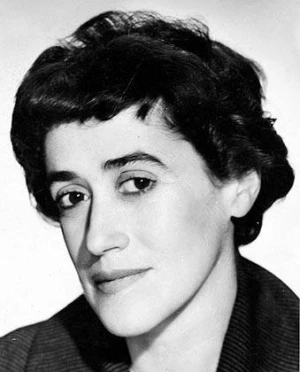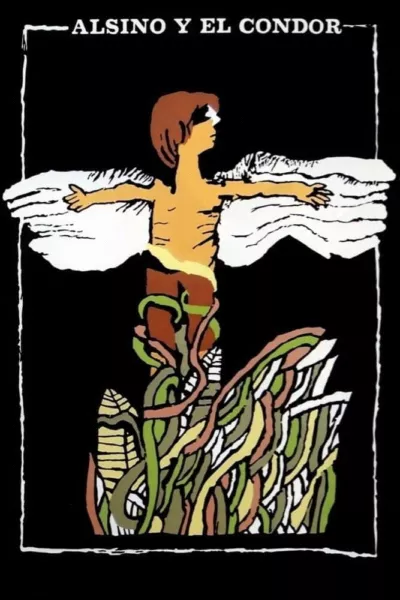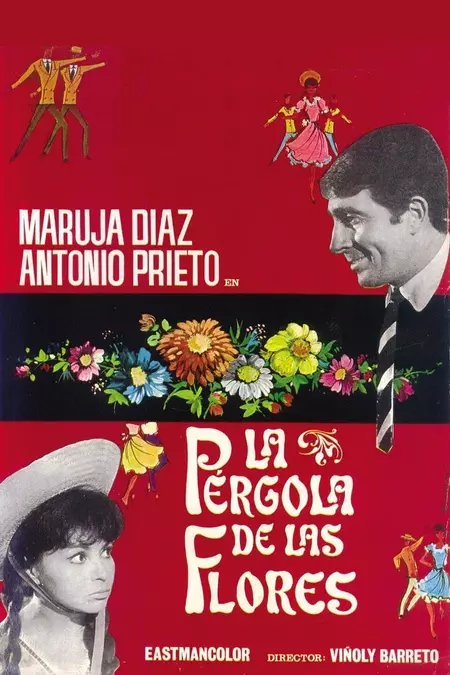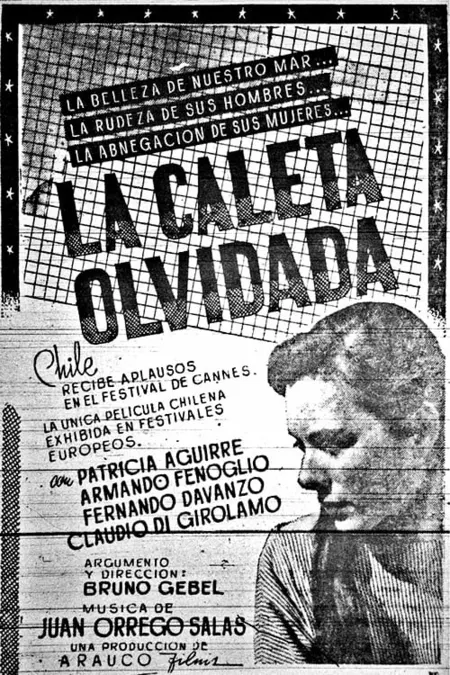Biography
(No Information)
Filmography
all 5
Movies 5
Writer 4
self 1
Information
Known ForWriting
GenderFemale
Birthday1919-03-22
Deathday2011-02-25 (91 years old)
Birth NameMaría Isidora Ignacia Aguirre Tupper
Birth PlaceSantiago, Chile
MotherMaría Tupper
CitizenshipsChile
AwardsAPES Award for artistic career, Pablo Neruda Order of Artistic and Cultural Merit, Casa de las Américas Prize
This article uses material from Wikipedia.
Last updated:
 Isidora Aguirre
Isidora Aguirre- Filmography
- Information




